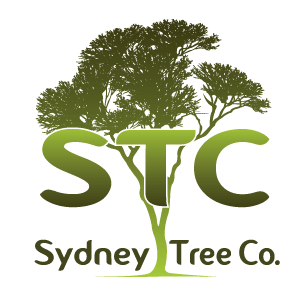Tree Removal: When It’s Time to Say Goodbye
Tree removal is a service that entails the complete extraction of a tree from its location. This is typically the option chosen when a tree is diseased, damaged beyond repair, poses a safety hazard, or simply outgrows its space. Here are some key points to consider:
- Safety Concerns
Tree removal is often necessary in situations where a tree poses an immediate threat to people or property. This includes trees with unstable structures, severe diseases, or extensive root damage that compromises stability. - Diseased or Dead Trees
Trees afflicted by diseases like Dutch Elm disease or infestations like termites may need to be removed to prevent further spread or ensure safety. - Clearing Space
Sometimes, trees grow too large for their surroundings, overshadowing buildings or obstructing views. In such cases, tree removal is the best solution. - Storm Damage
Trees damaged during storms or severe weather conditions may need to be removed if they can’t be salvaged through trimming or other means. - Professional Expertise
Tree removal is a complex and potentially dangerous task that should only be carried out by certified arborists or tree removal specialists. Safety is paramount.
Tree Trimming: Nurturing Your Trees
On the other hand, tree trimming is a practice aimed at maintaining the health and aesthetics of a tree by selectively removing specific branches. Trimming serves several purposes, and it’s crucial to understand when and why it should be done:
- Pruning for Health
Regular trimming helps remove dead or diseased branches, promoting overall tree health. It also encourages new growth and helps prevent the spread of diseases. - Aesthetic Enhancement
Trimming can shape a tree to improve its appearance, ensuring it fits well within your landscape design and doesn’t obstruct views. - Safety
Removing overhanging or low-hanging branches can reduce the risk of accidents, especially during storms or high winds. - Encouraging Fruit Production
For fruit-bearing trees, strategic trimming can stimulate fruit production by directing energy to fruit-bearing branches. - Professional Guidance
Tree trimming should be performed by trained professionals who understand tree biology and the best practices for maintaining their health and appearance.
Making the Right Choice
Understanding the fundamental differences between tree removal and tree trimming is crucial in making an informed decision about the care of your trees. Here are some considerations to help you choose the right service:
- Assess the Tree’s Condition
Determine the health and structural integrity of the tree in question. If it’s diseased, damaged, or poses a safety risk, removal may be necessary. - Aesthetic Goals
If you’re primarily concerned with the appearance of your trees, tree trimming can help maintain their beauty without the need for removal. - Consult a Professional
When in doubt, it’s always advisable to consult with a certified arborist or tree care specialist. They can assess your specific situation and recommend the most appropriate course of action. - Budget
Consider your budget, as tree removal is generally more expensive than trimming. However, the cost should not compromise safety or the long-term health of your trees.
In the realm of tree care, the choice between tree removal and tree trimming should be made with careful consideration of the tree’s condition, your aesthetic preferences, and professional guidance. Both services play pivotal roles in ensuring the well-being and longevity of your trees, and knowing the difference empowers you to make the right choice. Remember that safety and the health of your trees should always be the top priorities.

